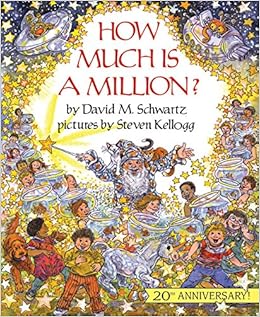If You Decide to Go to the Moon
Written by Faith McNulty and Illustrated by Steven Kellogg
Scholastic Press, 2005
Science Fiction
Have you ever thought about what you would do if you ever got to go to the moon? This fun and exciting children's book almost serves as a guide for students to get to the moon. Also, the book gives examples of all of the things you can do once you make it to the moon. This book teaches kids how to prepare for their trip to the moon, and most importantly, how to make it back home. This lightheart story is such a fun way to engage student's in learning, especially about space travel. Do you want to know how to prepare to go to the moon, or even what to do once you get there? Go check out "If You Decide to Go to the Moon" and you will see how to all from a kid's perspective.
The illustrations in this children's book are incredible. The artist used lots of watercolor and pastels for the drawings. Many of the pictures on earth have bright and vibrant colors. The pictures in space have more dark and muted colors. The pictures themselves tell another story, and it is very obvious that the author and illustrator worked together to create symbolism behind the pictures. Most of the illustration stake place on Earth, the moon, or the rocket to get to the moon. The illustrations capture the reader's eye with its' constant variation of shapes and colors.
I would use this book in a second grade classroom for a science lesson. I would allow the students to read this book and then let them research ways to actually get to the moon. They could learn all about space travel and America's firs space travel from this children's book. This book is a great way to incorporate reading into science, but also a fun way to stir creativity within the students. The students could learn about astronauts that have gone to the moon and what they actually did once they got there. You could even tie in a compare and contrast component for students to do with the book and real life. Overall, your students will love reading this book about space travel. This is such a fun book for you to read to your students during a science lesson.
As always, go check this book out!




